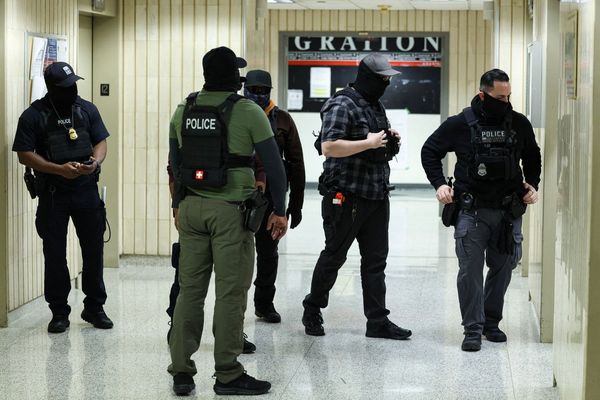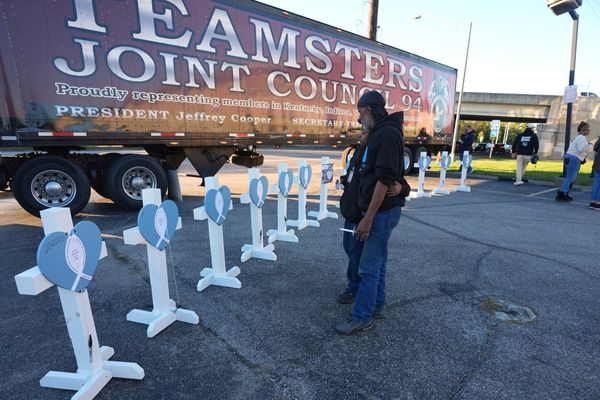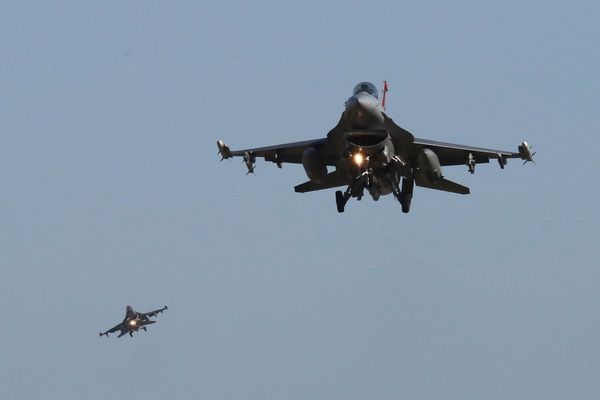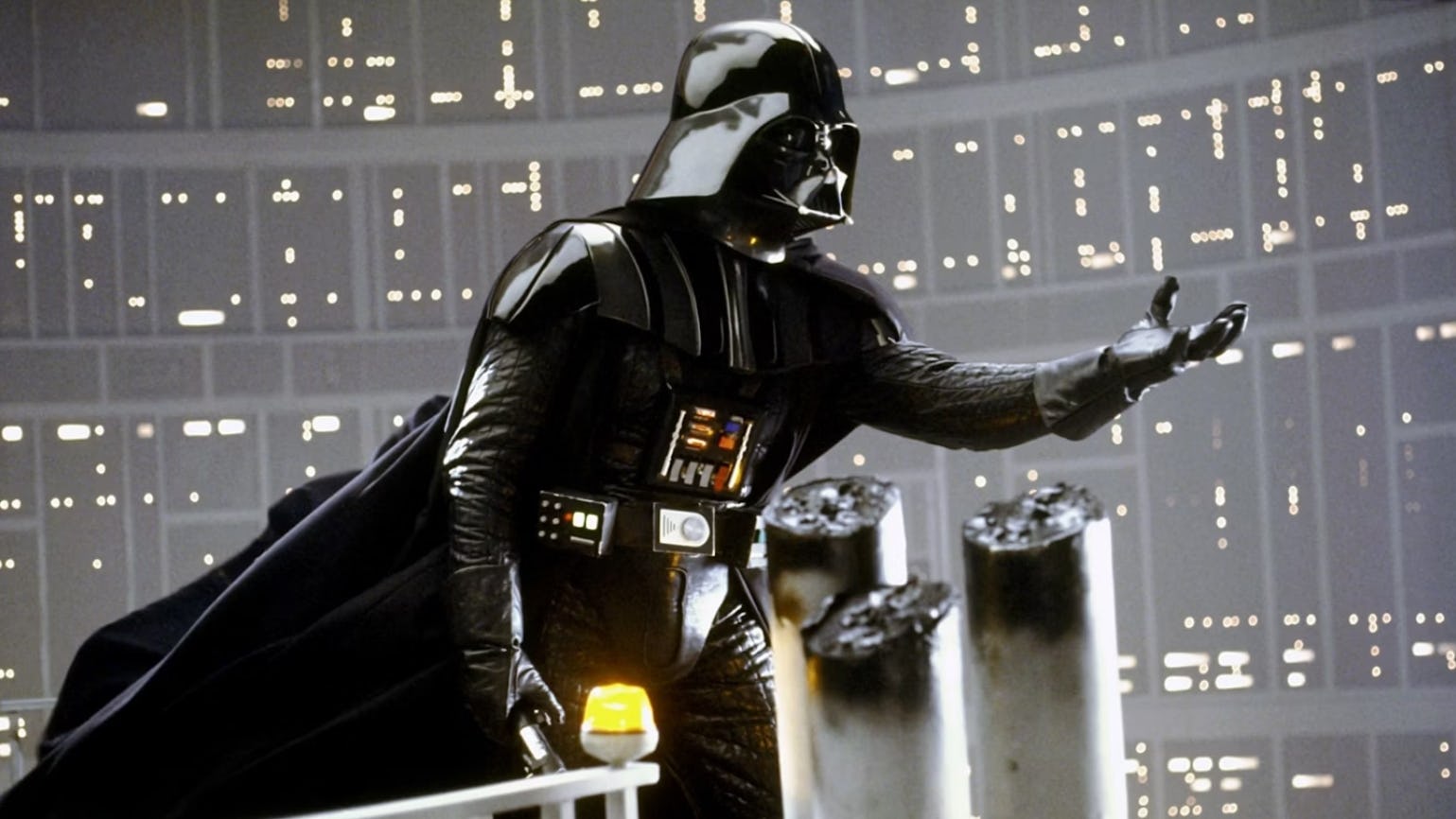
The 1930s sci-fi serials Flash Gordon and Buck Rogers were released in a strict format: 20-minute chapters, each closing on impossible cliffhangers to entice youngsters to return to the theater the following weekend. Decades later, a young George Lucas spun his love for these episodic chronicles into blockbuster gold, updating the space opera for a jaded ‘70s culture hungry for an innocent saga of wizards, damsels, and rogues that took full advantage of modern special effects.
Star Wars (retitled Episode IV – A New Hope in 1981) was just the first course. Although you could probably comb through the 1977 film and insert “To be continued…” at a dozen perilous moments, it’s not until The Empire Strikes Back that we learned how compelling serialised storytelling could be for the saga.
It’s easy to understand why a young audience might pick A New Hope or the more mixed Return of the Jedi as their preferred Original Trilogy entry: as the opening and closing act of Luke Skywalker’s story, they contain the flashiest setpieces. In A New Hope, everything is dazzling and imposing to Luke’s eyes, while in Jedi, he’s in near-total control of his destiny.
The economic storytelling of The Empire Strikes Back is where we find the meat of the character drama, but a first-time viewer could easily dismiss the sequel as a simple extension of what was already good about the original without its ruthless and satisfying focus. In fact, that’s more or less what the consensus was when the film was released 45 years ago today. But Empire stands tallest among the Star Wars sequels, prequels, and spin-offs because it embraces the constraints of the middle chapter, honoring the rhythm and structure of Star Wars’ influences rather than imitating the original — a mistake later sequels would fail to avoid.
Three years after the triumphant Battle of Yavin, our rebels are on the backfoot, bunkering on an inhospitable ice planet and ready to flee should the Empire close in on their position, which they promptly do. Our heroes are in disarray: Luke (Mark Hamill) is no closer to becoming a Jedi Knight, Han Solo (Harrison Ford) is anxious about the bounty hanging over his head, and Leia (Carrie Fisher) is feeling the tension of leading a galactic resistance. It’s not long before Lord Vader separates our heroes for the rest of the film, as Luke flies to Dagobah to train with Master Yoda (Frank Oz) while the Millennium Falcon is pursued across the galaxy.
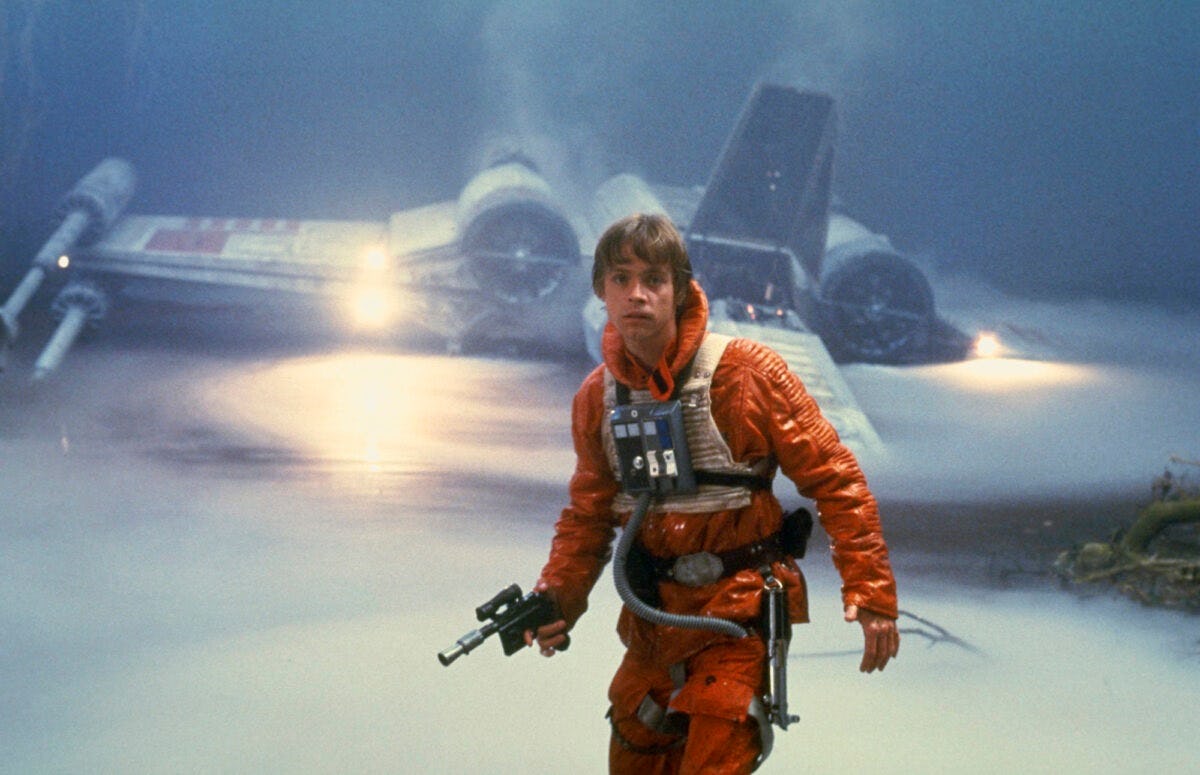
Empire isn’t defined by singular momentum driving us toward a clear triumph, but rather an episodic series of setbacks and victories to hook audiences while the character drama deepens. Luke is captured by a Wampa and uses his Jedi powers to escape. The Millennium Falcon flees Darth Vader, but has to hide in a treacherous asteroid field. Luke finds Yoda on Dagobah, where his Jedi training reveals how ill-prepared he is to take on the Empire.
If the daring rescues and escapes of A New Hope mimicked the material of Buck Rogers and Flash Gordon, the somber, lived-in world of Empire is interested in the serial form. Escaping an asteroid worm and lifting an X-Wing from a swamp are relatively low-stakes obstacles for the Rebellion’s saviors, but because the serial design is so linear, we can’t move on until they’ve been defeated. It builds a sense of apprehension and duration, as if we were counting down the days to the next Saturday Matinee showing. It’s a narrative design best suited for the trilogy’s darkest chapter: our heroes encounter resistance with every step they take, fuelling their desperation, frustration, and resolve.
The fact that Empire’s biggest plot threads are unresolved — Han is frozen and in the possession of Jabba the Hutt, while Luke discovers Vader is his father — confirms the sequel’s true ambitions. We learn more about the galaxy and see more skirmishes between good and evil, but Empire was really a chance to make stock characters into flesh-and-blood people as they grow closer and confront their own inadequacies.
The Empire Strikes Back may not be filled with awe like A New Hope or deliver the iconic confrontations of Return of the Jedi, but it’s the most effective of the original trilogy because it sees Star Wars as a vehicle for emotions. Yes, the Yoda and Vader lore is a major draw, but with every successive pocket of suspense and tension leading to a minor victory, we’re reminded of how much adventure can be contained in a single Star Wars film. Only by replicating the highs and lows of serialised fiction did The Empire Strikes Back show the range of danger and heroism the franchise has been chasing ever since.

